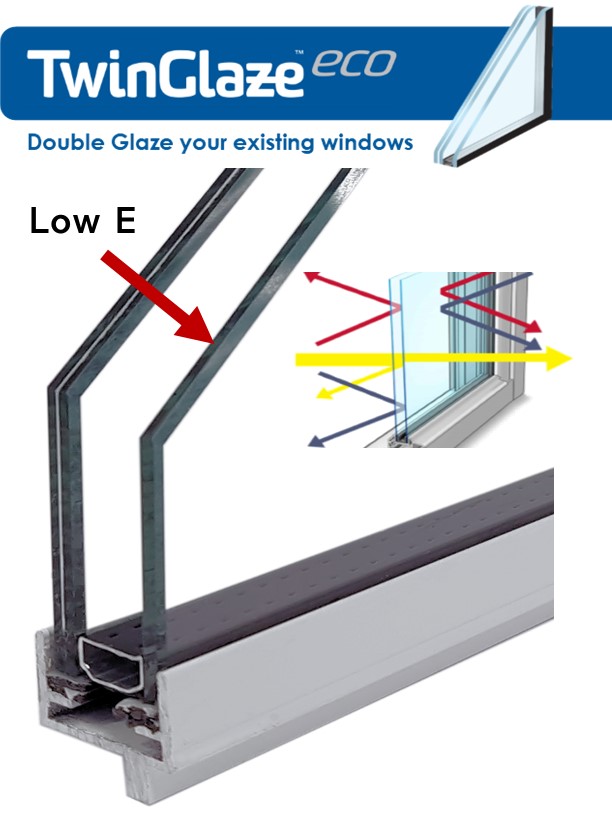All Categories
Featured
Table of Contents
Which Type Of Double Glazed Window Frame Is Right For You? in Iluka Western Australia
Glazing simply suggests the windows in your home, including both openable and fixed windows, in addition to doors with glass and skylights. Glazing really simply suggests the glass part, but it is generally utilized to refer to all aspects of an assembly consisting of glass, movies, frames and furnishings. Paying attention to all of these elements will help you to accomplish effective passive style.

Energy-efficient glazing makes your home more comfy and considerably reduces your energy expenses. However, improper or badly created glazing can be a significant source of undesirable heat gain in summertime and considerable heat loss and condensation in winter. As much as 87% of a house's heating energy can be gained and as much as 40% lost through windows.
Glazing in Karrinyup WA
Glazing is a substantial financial investment in the quality of your house. A preliminary investment in energy-efficient windows, skylights and doors can considerably lower your yearly heating and cooling bill.

This tool compares window choices to a base level aluminium window with 3mm clear glass. Comprehending a few of the essential properties of glass will help you to pick the very best glazing for your house. Secret homes of glass Source: Adapted from the Australian Window Association The quantity of light that travels through the glazing is known as noticeable light transmittance (VLT) or noticeable transmittance (VT).
Twinglaze® Double Glaze Specification Act - Vic in Mundijong Western Australia
This may lead you to turn on lights, which will lead to greater energy costs. Conduction is how readily a product carries out heat. This is referred to as the U worth. The U value for windows (revealed as Uw), explains the conduction of the whole window (glass and frame together). The lower the U value, the higher a window's resistance to heat flow and the better its insulating value.
If your home has 70m2 of glazing with aluminium frames and clear glass with a U value of 6. 2W/m2 C, on a winter season's night when it is 15C cooler outside compared with inside your home, the heat loss through the windows would be: 6. 2 15 70 = 6510W That is comparable to the overall heat output of a large room gas heating system or a 6.
Does Double Glazing Keep Heat Out in Perth

If you choose a window with half the U worth (3. 1W/m2 C) (for instance, double glazing with an argon-filled space and less-conductive frames), you can halve the heat loss: 3. 1 15 70 = 3255W The solar heat gain coefficient (SHGC) for windows (revealed as SHGCw) measures how easily heat from direct sunshine streams through a whole window (glass and frame together).
The lower a window's SHGC, the less solar heat it transmits to the house interior. The actual SHGC for windows is impacted by the angle that solar radiation strikes the glass.
Faq in Fremantle Perth
When the sun is perpendicular (at 90) to the glass, it has an angle of incidence of 0 and the window will experience the optimum possible solar heat gain. The SHGC stated by glazing manufacturers is constantly determined as having a 0 angle of incidence. As the angle increases, more solar radiation is reflected, and less is transferred.
Latest Posts
Reglazing Single Glazed Windows With Double Glazed Units in Yokine Western Australia
Double Glazed Windows in Wattleup Perth
Why You Need Secondary Glazing In The Summer in Viveash Perth